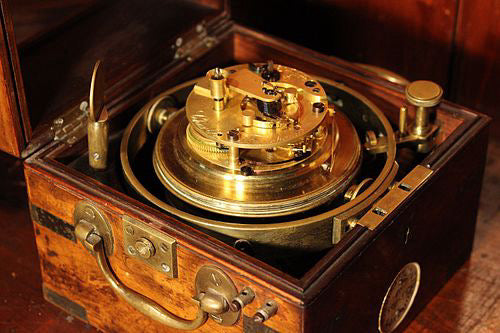
The 5 Most Important Watch Innovations That Changed Timekeeping Forever
Share
Watches aren’t just about telling time — they’re the result of big ideas that changed how we live. Here are five breakthroughs that shaped the watch on your wrist.
1) The Marine Chronometer — Finding Your Way at Sea
In the 1700s, sailors struggled with longitude. John Harrison’s marine chronometer kept accurate time on rough seas, making safe navigation possible and changing global

2) The Automatic Movement — No More Daily Winding
John Harwood’s 1923 design used a moving weight to wind the watch as you wear it. Rolex refined the idea, and most mechanical watches today wind themselves.
3) The Quartz Revolution — Super Accuracy for Everyone
Seiko’s 1969 Astron used a vibrating quartz crystal for incredible accuracy. It made watches cheaper, tougher, and precise — nearly wiping out the Swiss mechanical industry in the process.
4) Water Resistance — Taking Watches Underwater
Rolex’s 1926 Oyster case kept water out and proved it during an English Channel swim. That breakthrough led to real dive watches like the Blancpain Fifty Fathoms and Rolex Submariner.
5) Co-Axial Escapement — Less Friction, More Accuracy
Invented by George Daniels and adopted by Omega, the co-axial escapement reduces friction so watches stay accurate longer and need less servicing.


